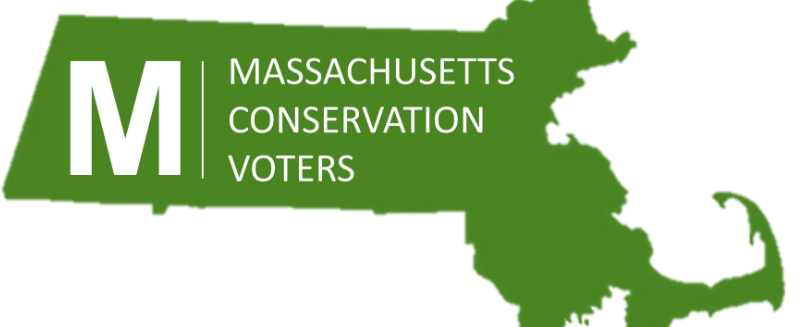Kathy Abbott | The Boston Globe | May 4, 2020
Today, Boston’s typically bustling streets and plazas are nearly deserted. But from the Harborwalk to the Back Bay, it’s clear individuals and families cherish parks and open spaces as escapes during a time of physical distancing due to the coronavirus pandemic.
At a moment when our lives have been stripped to their barest essentials, we have seen what Boston collectively values most for its community. Health and safety are clearly the highest priorities, along with economic security. Our parks and open spaces are right behind. Familiar parks, paths, and plazas are a refuge, providing emotional, mental, and physical release. This moment of tabula rasa in parks and the city as a whole has suddenly and dramatically clarified something critical for moving forward: We have to stop thinking about parks as one-off, leftover spaces amid development.
Given that, status quo practices for land-use planning need to be shifted. Instead of inserting small, isolated green spaces into new development as required by regulation while continuing to rely on some of the city’s most historic and heavily used parks to meet community needs, leaders need to prioritize creating the next new system of world-class contiguous paths, parks, and public spaces.
To read the full story, please click here.
